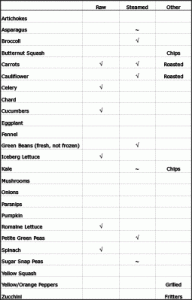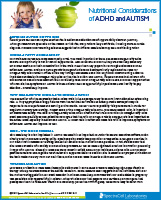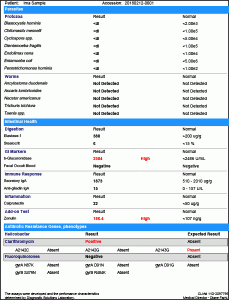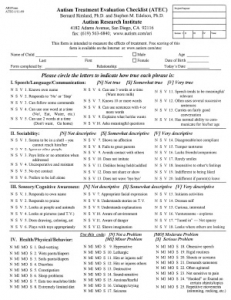 I advise seating your child in a high chair – or booster seat with a clip-on tray – at mealtimes. It’s hard enough to change your child’s diet, without him constantly wandering away from the table.
I advise seating your child in a high chair – or booster seat with a clip-on tray – at mealtimes. It’s hard enough to change your child’s diet, without him constantly wandering away from the table.
Since we can’t eat typical “starches”, we need to eat a LOT of vegetables to get enough carbohydrate calories for a balanced diet. (Eating a diet too high in protein is hard on your kidneys.) Our strategy was to control the plate, and insist on “First peas, then steak” for example. So we would alternate bites, for the entire meal.
As a further incentive to eat the whole dinner, dessert can be set in the middle of the table, out of reach, until the dinner plate is empty. (I found even a simple apple could be
a great dessert motivator.)
But my child hates vegetables…

We even kept a chart, and eventually, we added some new veggies to our repertoire.
Please remember that no matter your dreams or obstacles, you have the power to change your child’s life. I sincerely hope our resources can help you do just that.


 I like to write on a weekly calendar what we’re having for dinner that week, then make one big grocery store trip on the weekend. Dinner is not always a fancy affair – for busy nights I’ll plan to have Scrambled Eggs and Petite Peas, or Hamburgers and Green Beans for example.
I like to write on a weekly calendar what we’re having for dinner that week, then make one big grocery store trip on the weekend. Dinner is not always a fancy affair – for busy nights I’ll plan to have Scrambled Eggs and Petite Peas, or Hamburgers and Green Beans for example.








